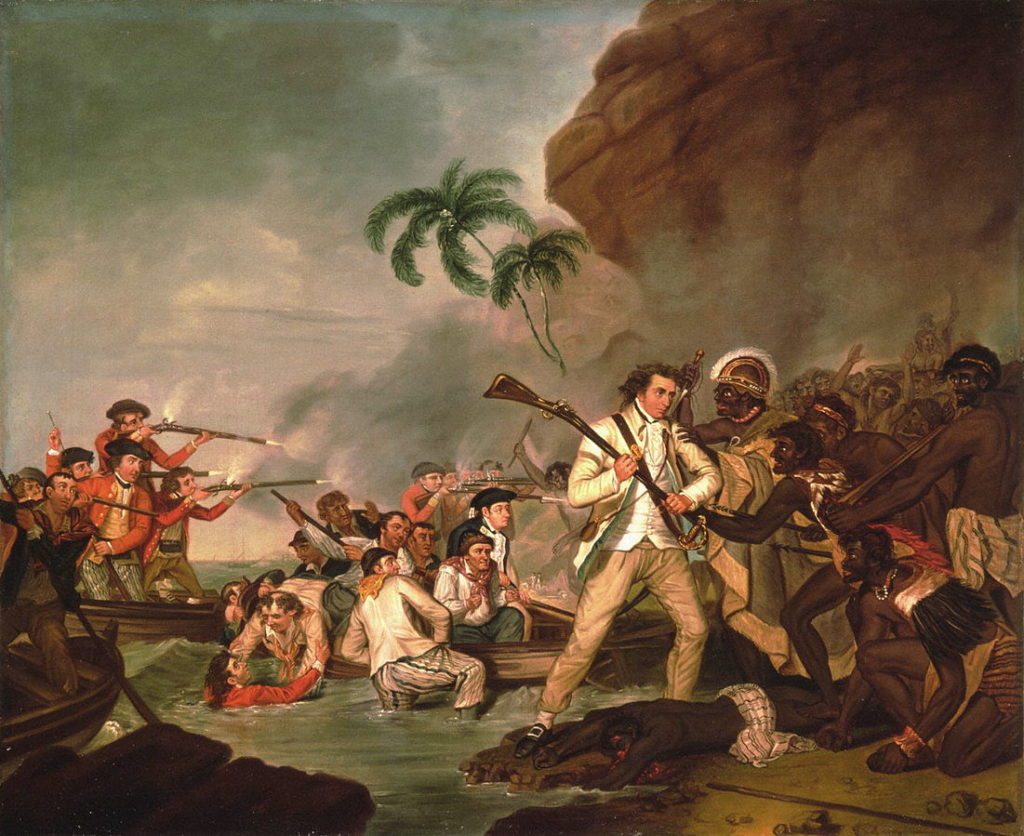Jean-Luc Godard was a French-Swiss film director.
Godard rose to prominence as a pioneer of the ‘Nouvelle Vague’ in European cinema. He is best known for his jump cuts in À bout de souffle (1960).
Of the same period and in the same style are other films that defied audience expectations: Vivre sa vie (1962), Bande à part (1964), and Pierrot le Fou (1965).
Also of interest are his lesser known political films during his communist period. There is for example his use of stills such as the Freudo/Marx pinup in Le gai savoir (1969).
We at Jahsonic have little sympathy for the humorless pretentiousness of mr. Godard. He is, however symptomatic of the ‘épater les bourgeois’ tradition of Baudelaire, Brecht and Beckett. It’s a dirty job, but someone has to do it. We have nothing against going against the grain, but if you do it, do it good, like Debord, who gave the jacket of his mémoires sandpaper covers to damage the books in their vicinity maximally.

